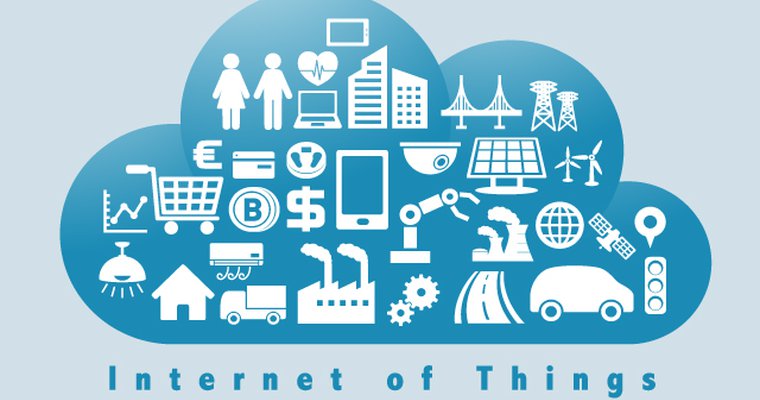


At the Interactive Customer Experience Summit in Dallas, banking and restaurant execs discussed how they are using technology to improve their business and what challenges they face as they implement new technologies.
 illustration istock
illustration istock
The Internet of Things — the networking of physical objects through embedded sensors, actuators and other devices that gather and transmit information about the objects — promises to revolutionize nearly every industry, including those that are technology driven to begin with, such as those banking and consumer marketing.
But the implementation of technology that can unlock new opportunities to improve customer service and reduce costs requires both extensive research and a commitment to new ways of doing things.
During the recent Interactive Customer Experience Summit in Dallas, representatives from two verticals — banking and fast casual dining — offered their input on how they are using technology to improve their businesses and what challenges they face in trying to implement new technology solutions.
The panelists were Ashish Tajpuria, senior vice president and head of emerging payments and commerce partnerships at Bank of America; Paula Suarez, vice president of IT and development at Dickey's Barbecue Restaurants; Briton Smetzer, vice president of IT operations at Fuzzy's Taco Shop. Ken Hosac, vice president of business development at Cradlepoint, a provider of cloud-based network solutions, served as moderator.
For foodservice companies, Smetzer said the future promises temperature sensors for the operations side of the foodservice business. Better temperature control can improve consistency of food quality and safety.
"There are still a lot of manual processes out there," Smetzer said.
For Bank of America, IoT comes into play in the company’s push to increase mobile payments, Tajpuria said.
Tajpuria couldn't be specific about projects the bank is working on, but he said IoT technology will play a big role in supporting new payment methods, such as wearables, which are electronic devices that can be worn on the body as accessories.
"The digital bank of the future may or may not have any associates," Tajpuria said.
The panelists agreed that the benefits IoT technology brings to an organization also make the IT department more critical. IT plays a big role in introducing an online ordering system, for instance, or mobile payment acceptance.
And while the panelists agreed on the importance of new technology, they said the relationship between the IT department and other departments can be challenging.
"IT is very heavily data driven; marketing is going to be market driven," Smetzer said.
The panelists also agreed that implementing new technology often has unforeseen pitfalls.
Suarez said her company introduced an online ordering system for customers that promised to have orders ready in 15 minutes. The program was well received by customers, she said, but it brought problems for the food prep operations. The company addressed the problem by extending the customer wait time by five minutes.
Smetzer related a similar experience when his company implemented a POS system that allowed faster seating of patrons. The downside was that it put added pressure on the kitchen.
Both Smetzer's and Suarez's companies recognized the need to have their own data warehouses as opposed to using a third party.
Smetzer said having in-house IT was especially helpful when the company introduced digital signage to promote limited time offers. It has also been helpful in ensuring product and service consistency and in updating recipes efficiently.
"If you can't respond quickly, you’re not going to be able to keep up," Smetzer said.
"We needed to have better reporting, plain and simple," Suarez said.
The panelists agreed that companies need to utilize new technology to remain competitive. But in addition to learning about new capabilities, companies must be aware of all the changes that a new technology will bring to their operation.
Elliot Maras is the editor of Kiosk Marketplace and Vending Times. He brings three decades covering unattended retail and commercial foodservice.
Sign up now for the ATM Marketplace newsletter and get the top stories delivered straight to your inbox.
Privacy PolicySeptember 9-11, 2024 | Charlotte, NC